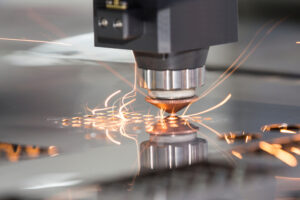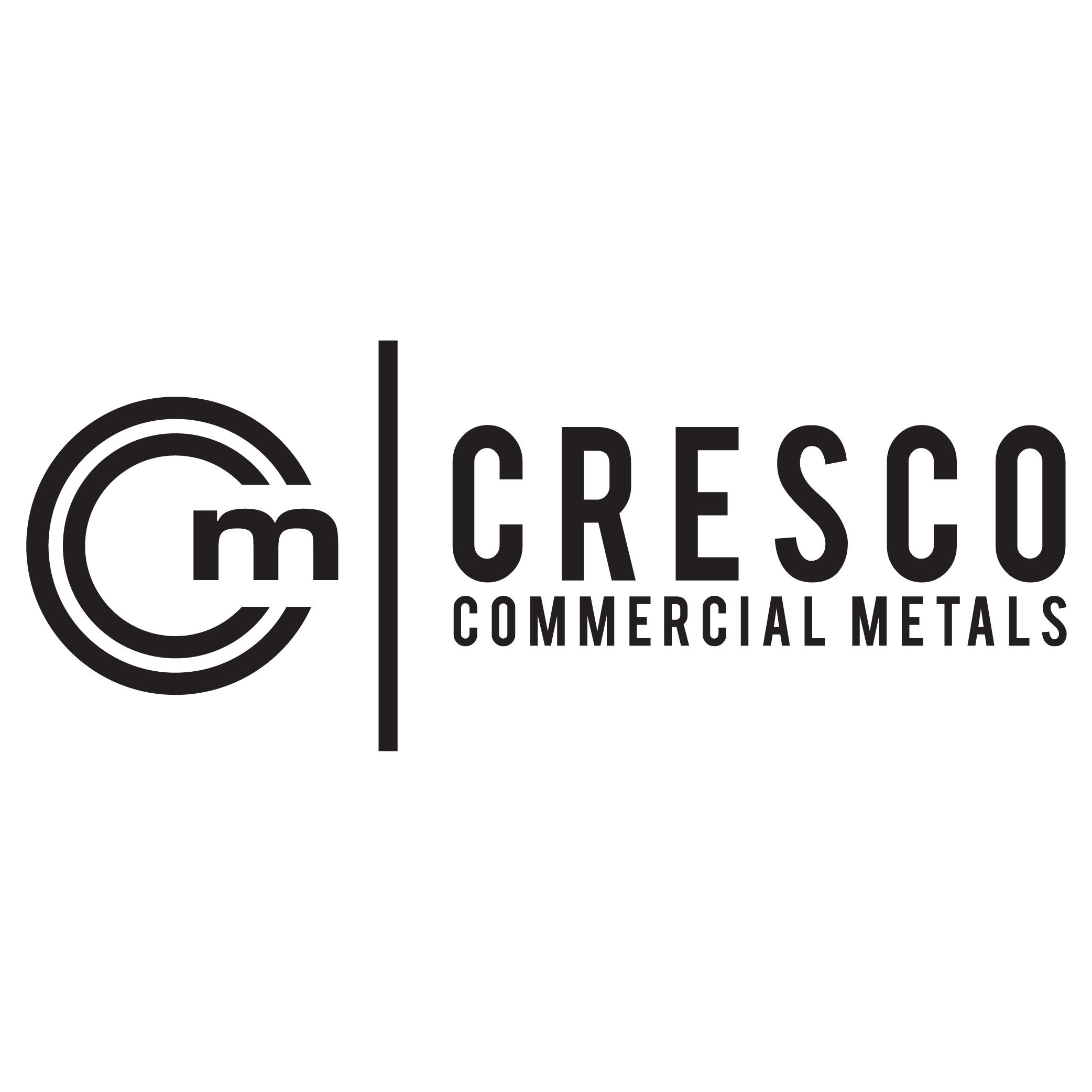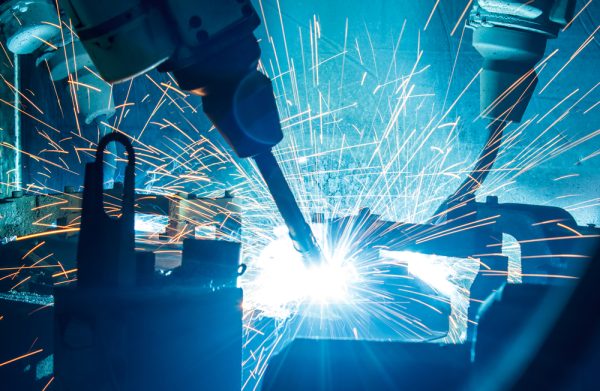Understanding the Common Differences Between Metal Milling and Metal Fabrication
Although “milling” and “metal fabrication” are frequently used in the manufacturing industry, they relate to different processes with diverse uses. Although both approaches are essential for creating parts and finished goods, knowing how they differ can help people and organizations plan projects more wisely. This blog will examine the main distinctions between commercial metal fabrication and milling, describing their uses, advantages, and procedures.
What is Milling?
Milling is a subtractive manufacturing process that removes material from a workpiece to create precise shapes and features. It’s typically used for shaping metals but can be applied to other materials like plastic and wood. Milling machines, or mills, use rotary cutters to remove material and perform various operations, such as cutting, drilling, and finishing.

Key Features of Milling:
Precision: One of milling’s primary benefits is the great degree of precision it provides. Because it can produce precise, complex parts with tight tolerances, milling machines are perfect for high-precision industries like electronics, automotive, and aerospace.
Types of Milling: Milling can be categorized into two main types:
Face Milling: In this process, the cutting tool moves across the surface of the workpiece to create a smooth finish or cut.
Peripheral Milling: The tool’s cutting edges engage the workpiece from the sides, creating detailed and intricate designs.
Multi-Axis Capabilities: Milling machines have several configurations available, such as 3-, 4-, and 5-axis setups. Higher-axis machines may make more intricate and detailed cuts, which is especially helpful for parts with complex geometries.
What is Metal Fabrication?
The word “metal fabrication” is more general and refers to various techniques used to cut, bend, and assemble raw materials to make metal structures and products. Rather of concentrating on high-precision pieces as milling does, metal fabrication or commercial metal fabrication is more of an all-encompassing approach to shaping metal and generating larger or more bespoke structures.

Key Features of Metal Fabrication:
Versatility: Metal fabrication encompasses a wide range of methods and procedures, such as metal component assembly, forming, punching, welding, and cutting. These methods can be combined to make anything from big structural frames to basic metal brackets.
Cutting Methods: Metal fabrication often uses various cutting techniques to shape materials, including:
Laser Cutting: This method uses a high-powered laser to cut through metal precisely.
Plasma Cutting: Plasma cutting is ideal for thicker metals. It involves using a high-temperature plasma arc to slice through the material.
Water Jet Cutting: This technique uses a high-pressure stream of water mixed with abrasive materials to cut through metal without generating heat, which is beneficial for heat-sensitive materials.
Bending and Forming: After cutting, metal can be bent or formed into specific shapes using specialized tools like press brakes or rolling machines.
Assembly: Fabrication also involves joining metal parts through welding, riveting, or using fasteners to create the final product.
Customization: Metal fabrication is frequently employed for custom or larger projects like construction frameworks, industrial equipment, or architectural designs, in contrast to milling, which concentrates on precision for smaller, more intricate pieces.
Major Differences Between Milling and Metal Fabrication
Process Focus
Milling: Primarily a machining process that focuses on removing material from a solid workpiece to create precise parts with intricate details.
Metal Fabrication: A comprehensive process that includes cutting, shaping, and assembling metal components to create larger structures or custom designs.
Precision and Tolerance
Milling: Known for its high precision and tight tolerances, making it ideal for parts that require detailed specifications and uniformity.
Metal Fabrication: Even though laser cutting is one of the most accurate fabrication components, metal fabrication is more about shaping and forming materials than it is about attaining exact small parts manufacturing.
Applications
Milling: frequently utilized in sectors including electronics, medical device production, and aerospace that demand high-precision parts.
Metal Fabrication: Applied in larger-scale projects like structural steelwork, automotive body panels, industrial machinery, and custom metal art.
Material Use
Milling: This process typically involves working with solid metal blocks (or billets) and removing excess material to achieve the desired shape.
Metal Fabrication: Often involves working with metal sheets, tubes, and plates, which are cut, bent, and assembled into various forms.
FAQs: Understanding the Difference Between Metal Milling and Metal Fabrication
At Cresco, we specialize in metal milling and fabrication, offering high-quality services tailored to your project needs. In case you are searching for a company for metal fabrication California, then the following set of questions will be helpful –
- What is the difference between metal milling and metal fabrication?
In the subtractive process of metal milling, the material is removed from a solid block and molded into the required shape. Metal fabrication, on the other hand, uses various methods.
- When should I choose metal milling over metal fabrication?
Milling is the best option when you need precise products with tight tolerances, especially for complex components like gears or machine parts. Larger frames, assemblies, and constructions where it is necessary to combine many sections are better suited for fabrication.
- Which process is faster—milling or fabrication?
The intricacy of the project determines this. Milling delicate details usually requires more time. However, fabrication times can be shortened for larger, simpler structures, depending on the design.
- Can Cresco handle both metal milling and fabrication?
Absolutely! Cresco has advanced machinery and expert technicians to handle milling and fabrication projects, ensuring top-tier quality and precision.
- How does Cresco ensure the quality of my metal components?
At Cresco, we adhere to strict quality controls and use cutting-edge technology to ensure accuracy in fabrication and milling, producing dependable and long-lasting metal products.


